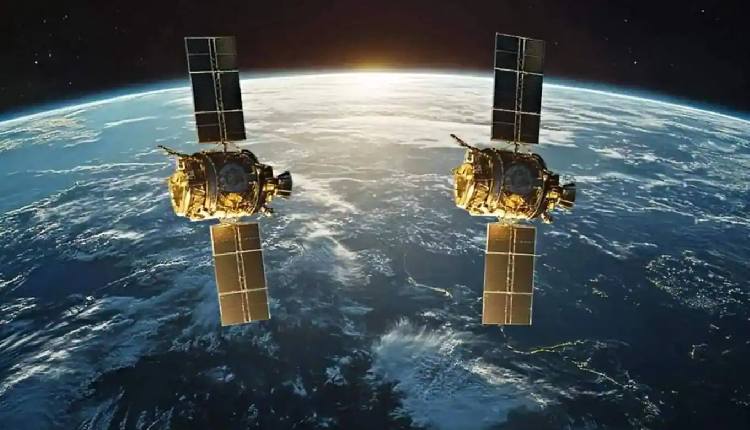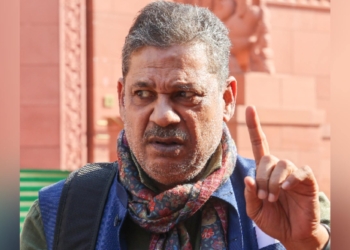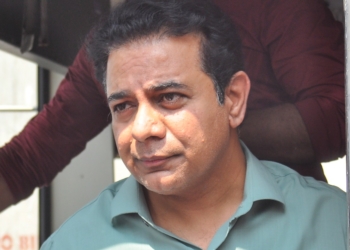New Delhi: Union Minister Dr Jitendra Singh on Monday said that the ISRO’s SpaDEX mission has successfully achieved second docking of satellites.
In a post on X social media platform, the minister said he is “glad to inform that the second docking of satellites has been accomplished successfully”.
“As informed earlier, the PSLV-C60 / SPADEX mission was successfully launched on 30 December 2024. Thereafter the satellites were successfully docked for the first time on 16 January 2025 at 06:20 AM and successfully undocked on 13 March 2025 at 09:20 AM,” he mentioned.
The minister further said that further experiments are planned in the next two weeks.
In January, with the successful docking of the satellites of the SpaDEX mission, India became the fourth nation to ace the space docking technology.
ISRO informed the merging of two small spacecraft — SDX01, the Chaser, and SDX02, the Target — weighing about 220 kg each. The satellites were part of the Space Docking Experiment (SpaDeX) mission, which lifted off aboard the PSLV-C60 rocket, from Sriharikota on December 30.
India is now the fourth country, after the US, Russia, and China, to master the docking technology. The docking technology was indigenously developed and has been named the ‘Bharatiya Docking System’.
It includes a docking mechanism, a suite of four rendezvous and docking sensors, power transfer technology, indigenous novel autonomous rendezvous and docking strategy, and an inter-satellite communication link (ISL) for autonomous communication between spacecraft, incorporated with inbuilt intelligence to know the states of the other spacecraft, among others.
ISRO believes the SpaDeX mission will help establish India’s capability in orbital docking — a key technology for future human spaceflight and satellite servicing missions.
In addition to joining the elite club of spacefaring nations, docking technology is also key for India’s impending space missions including the Moon mission, setting up the Indian space station, and lunar missions like Chandrayaan-4 without the support of GNSS from Earth.
(IANS)
















